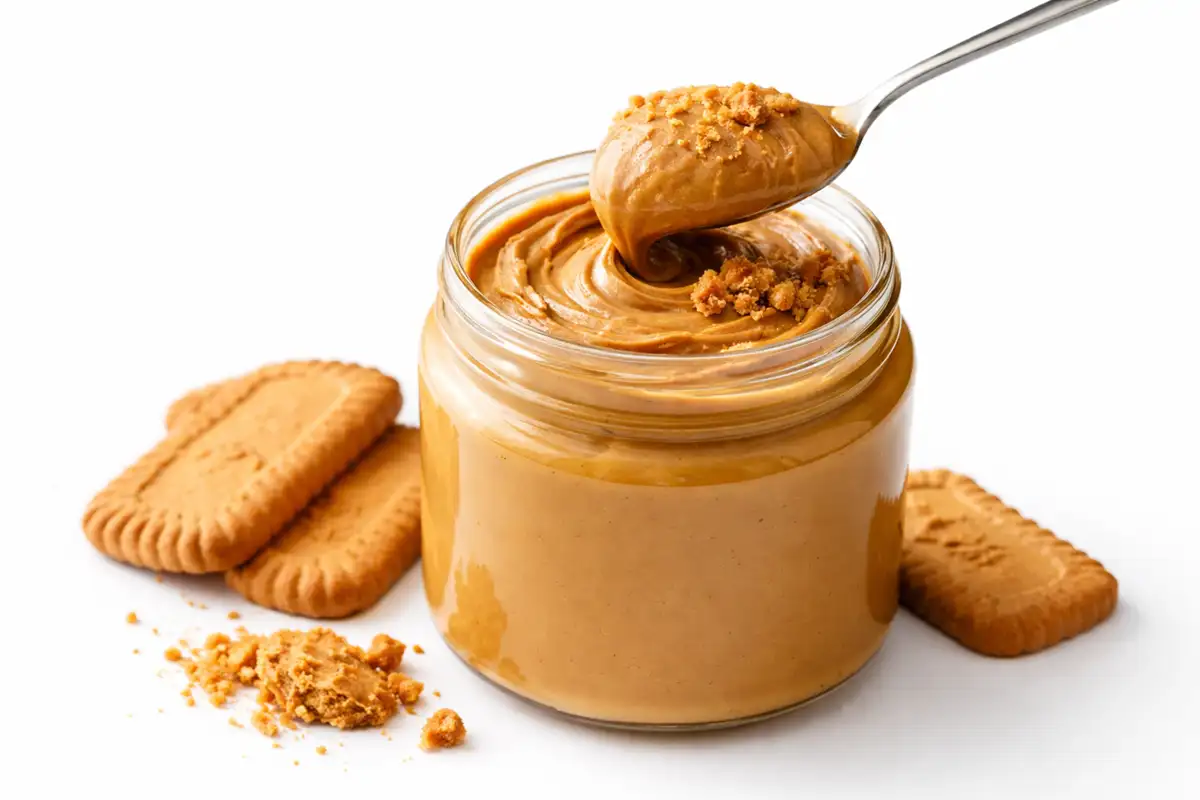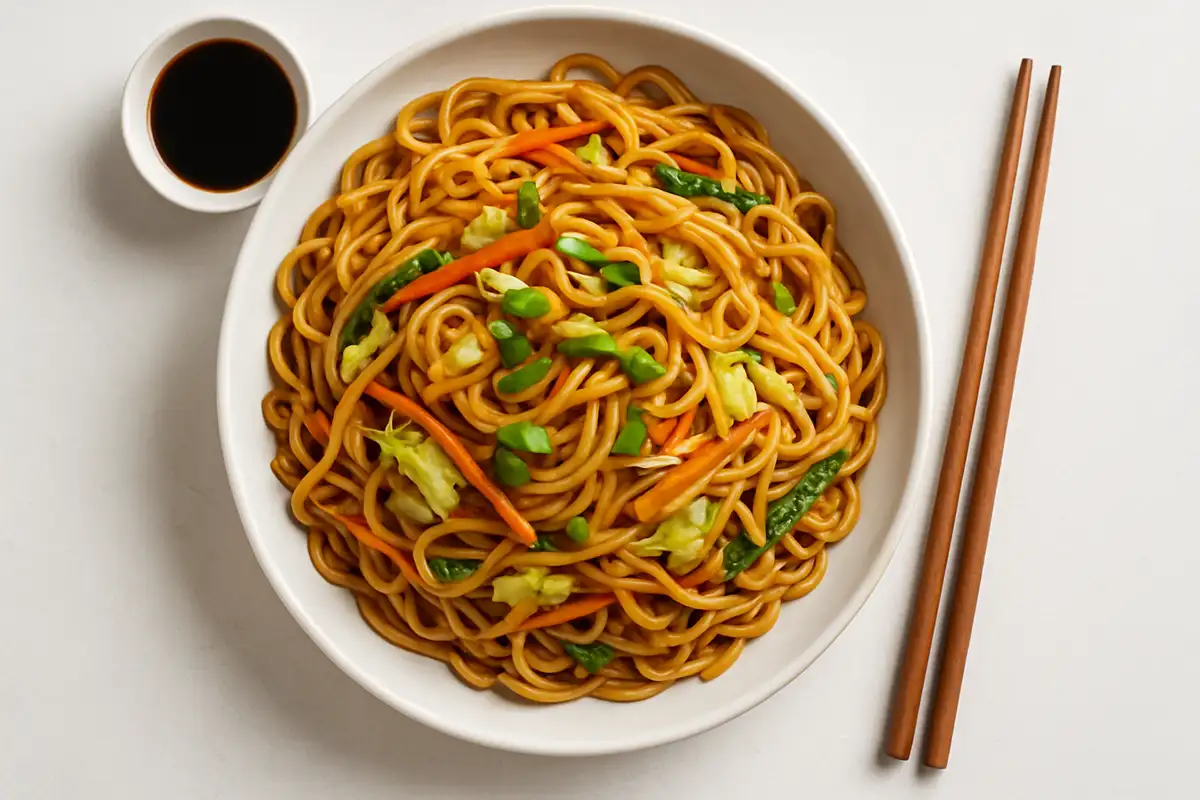Kombucha vs Beer: Inflation, Trends, And Changing Beverage Habits
Kombucha vs beer is no longer a niche debate—it’s a full-blown shift in how consumers drink, shop, and think about wellness.
As demand for lighter, functional beverages grows, kombucha is climbing the ranks, challenging beer for both shelf space and cultural relevance.
This shift goes beyond taste—it’s rooted in evolving lifestyles, gut health trends, and a thirst for innovation.
Let’s explore further how kombucha and beer stack up against each other in these different aspects.
What is kombucha
Kombucha is a fermented drink made from sweet tea, a living mix of yeast and bacteria (often called a SCOBY), and time.
The process usually runs for one to two weeks. The yeast converts sugars into small amounts of alcohol, and the bacteria then convert that alcohol into acetic acid.
The result is a tart drink with fizz, vitamins, and probiotics. Most products contain less than 0.5% alcohol, so it is considered non-alcoholic.
The drink’s rise in popularity is fueled by growing interest in gut health and functional beverages—over 14% of U.S. consumers have tried kombucha in the past five years, and the global market is expected to hit $5.45 billion by 2025, up from $2.64 billion in 2021.
What is beer
Beer typically involves grains (often barley), yeast, hops, and water.
The liquid ferments until it reaches a certain alcohol level, often between 4% and 6%.
Some brews reach much higher levels. Beer flavors vary widely, from light lagers to bold stouts. Hops add bitter notes and aroma, while yeast influences taste and carbonation.
This variety has become a focal point in beverage marketing, with brands emphasizing the craftsmanship and unique ingredients that set their brews apart.
Kombucha vs beer: what is the difference?
| Factor | Kombucha | Beer |
| Alcohol content | Typically under 0.5% | Often between 4%–6% |
| Taste | Tangy, slightly sour, sometimes fruity | Can be bitter, malty, hoppy, or sweet, depending on the style |
| Ingredients | Sweet tea (tea leaves, sugar), SCOBY (yeast + bacteria) | Grains (barley, wheat, etc.), yeast, hops, water |
| Production process | Ferment 1–2 weeks; low alcohol left afterward | Ferment 1–2 weeks or more; alcohol content remains elevated |
| Calories | Often lower, depends on the sugar added | Can vary widely; many styles have higher calorie counts |
| Health aspects | Contains probiotics, vitamins, and organic acids. Lower alcohol impact | Moderate beer intake may offer B vitamins; higher alcohol can pose health risks if over-consumed |
Kombucha trends
Although kombucha’s social share has dipped slightly to 0.06%, with a -7.31% year-over-year change, interest in functional beverages remains high.
The category is still largely driven by health (24%), probiotics (16%), gut health (15%), and organic (8%) claims, showing sustained relevance for wellness-conscious consumers.
Kombucha trends continue to highlight its role as a functional beverage, with emerging pairings and menu innovations hinting at growth potential.
Dishes like hard kombucha, water kefir, and ginger tea show a strong correlation in social conversations, while sencha and ginger juice are rapidly gaining menu traction—up 12,855% and 1,410% respectively.
Ingredient trends around kombucha show a heavy lean toward natural, wholesome components like berries (14%), ginger (6.8%), and edible flowers (4.6%).
On the menu side, kombucha appears most often alongside green tea (33%), ginger juice (30%), and oolong (30%), showing how it integrates into broader wellness-focused beverage menus.
In restaurants, it tends to appear with trending items like sourdough, cold brew, and kimchi, reinforcing its identity as part of a gut-health-forward lifestyle.
Beer trends
Beer still dominates the beverage landscape with a 2.967% social share and only a -6.15% YoY dip in conversations—signaling relative stability.
Beer trends show that consumer interest is increasingly shaped by premiumization and craftsmanship, with top motivators including artisan (27%), tasty (12%), and mood-boosting (9%) qualities.
Hard seltzers and low-ABV options are also nudging their way in as beer-adjacent alternatives.
Beer correlates heavily with foods like craft burgers, pizza, and schnitzels, with craft beer (24%), IPA (11%), and stout (5.1%) leading the conversation.
Menu data highlights beer trends such as the enduring popularity of classic beers like lager (25%), Coors (17%), and Blue Moon (16%), alongside shifting consumer curiosity.
Ingredients like malt, berries, and hops remain top performers, while up-and-coming flavor profiles include chamoy, mixed berries, and even fondue.
Sales & consumption shifts
When it comes to kombucha vs beer, rising ingredient costs have affected both, with tea and sugar prices impacting kombucha, and grains and hops increasing beer production costs.
Despite this, kombucha maintains a devoted fan base focused on functional benefits, especially probiotics and gut health.
Beer continues to lead in volume—bolstered by its cultural entrenchment and widespread consumption—but growth is strongest in craft and niche segments.
Alcohol-conscious consumers are exploring low- and no-ABV options, fueling interest in beverages like hard kombucha, flavored beers, and non-alcoholic alternatives.
Root beer trends and Ginger beer trends highlight the growing appeal of these beverages as versatile options for sober-curious consumers and cocktail mixers.
In fact, kombucha shows strong alignment with trending dishes like sourdough and cold brew, suggesting a shared consumer profile seeking artisanal and health-driven products.
Retailers are taking note: classic beers are holding steady, but kombucha fits neatly into evolving wellness shelves, especially as younger consumers seek beverages that combine taste, storytelling, and health benefits.
Want to see what else big retailers have to say? Learn how Walmart, Amazon, and Kroger are rewriting the retail playbook—and what your brand must do now to keep up.
Audience & market signals
The appeal of kombucha lies in its ability to offer a lower-alcohol, gut-healthy, and natural drinking experience.
It has gained particular popularity among Millennials and Gen Z who want more than just refreshment—they want function.
Kombucha trends show strong overlap with Whole30, Tex-Mex, and carbon footprint-conscious lifestyles.
Beer, meanwhile, maintains a broad appeal but is being pushed to evolve.
Consumers still connect with Corona beer trends, but younger buyers increasingly favor craft and purpose-driven labels.
Non-alcoholic offshoots like ginger beer and root beer are making headway, often positioned as mixers or standalone drinks for sober-curious consumers.
FAQs
How many kombuchas equal one beer?
Kombucha usually contains less than 0.5% ABV, while beer ranges from about 4% to 6% or more.
You would need 8 to 12 servings of kombucha to match the alcohol in one standard beer.
Is kombucha better for you than beer?
Kombucha has probiotics, antioxidants, and fewer calories.
Beer has some B vitamins and can offer moderate benefits if consumed responsibly.
For most people, kombucha is considered healthier overall.
Why do people drink kombucha instead of alcohol?
They prefer fewer calories, probiotics, and the avoidance of hangovers.
Kombucha can also feel like a fun drink during social events without the risks linked to alcohol.
Conclusion
Inflation has raised production costs, but it has also pushed both kombucha and beer makers to adjust recipes, pricing, and marketing.
Many retailers focus on ways to attract health-conscious shoppers while still meeting demand for classic favorites.
Kombucha vs beer continues to spark questions about health advantages, taste, and consumer needs.
Data on beer trends and kombucha trends confirms there is room for both products to thrive, provided brands remain flexible.
The same goes for Corona Beer Trends, ginger beer trends, Root Beer Trends, and other beverage trends that shape alcohol trends in modern markets.




